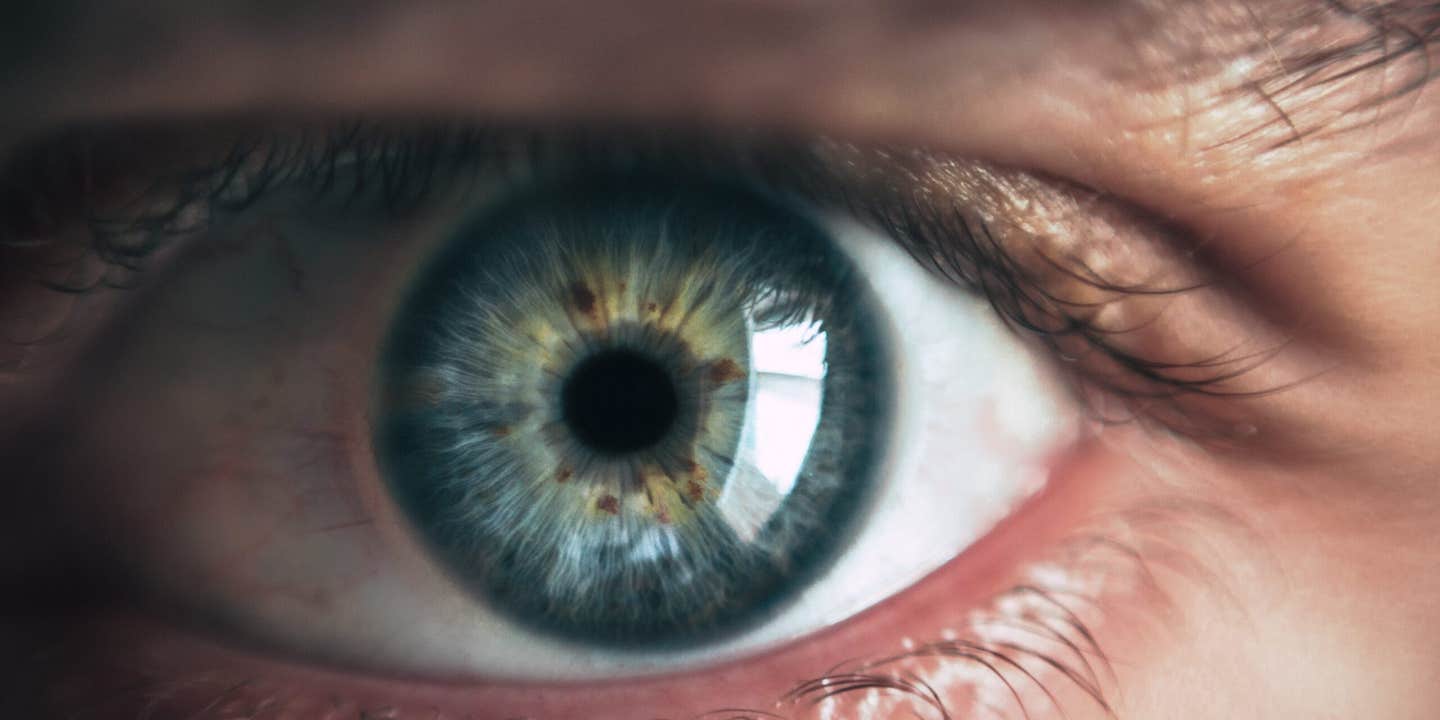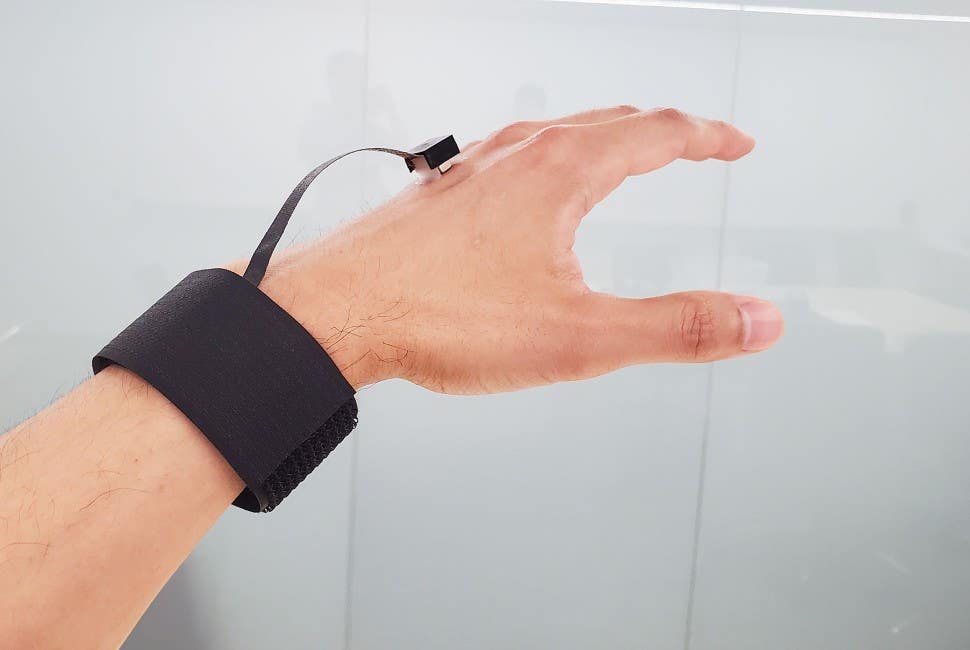New robotic scanner automates diagnosis of several eye diseases
Engineers have developed a robotic imaging tool that can automatically detect and scan a patient’s eyes for markers of different eye disease

[August 6, 2021: Duke University]
Engineers and ophthalmologists at Duke University have developed a robotic imaging tool that can automatically detect and scan a patient’s eyes for markers of different eye diseases.
The new tool, which combines an imaging scanner with a robotic arm, can automatically track and image a patient’s eyes in less than a minute, and produce images that are as clear as the traditional scanners in specialized eye clinics.
Their paper appeared July 12 in Nature Biomedical Engineering.
Physicians and researchers use optical coherence tomography, or OCT, to diagnose various diseases in the eye, including glaucoma, diabetic retinopathy and age-related macular degeneration. During the imaging process, a probe sends a beam of light into the eye and measures how long various reflections take to bounce back to decipher the structures within the tissue.
In the clinic, OCT systems are traditionally large tabletop systems, which a highly trained technician uses to capture several images of the eye. Patients must be firmly settled into a head and chin rest to ensure the correct positioning and to limit any motion. Beyond being uncomfortable, these head and chin rests don’t fit everyone, making it difficult for certain people to get scanned.
“Not everywhere has a resource like the Duke Eye Center, where we have access to these highly trained and specialized technicians like ophthalmic photographers,” said Ryan McNabb, a research scientist in the Department of Ophthalmology at the Duke University Medical Center. “But with our new tool, you wouldn’t need advanced training to use it. We’re optimistic that something like this could easily be used in places like optometrist offices, primary-care clinics, or even emergency departments. OCT is a useful diagnostic tool, and these kinds of advances help make it easier for wider communities to access it.”
Duke’s newly developed OCT scanner is attached to a robotic arm that can move the scanner to perfectly align with a patient’s eyes. The scanner requires less than 10 seconds to scan and image each eye. (CREDIT: Mark Draelos, Duke University)
To use their scanner, a patient approaches the machine and stands in front of the robotic arm. 3D cameras placed to the left and right of the robot help to find the patient in space, while smaller cameras in the robotic arm search for landmarks on the eye to precisely position the scanner. The system is able to scan both the macula (the part of the retina responsible for our central vision) and cornea (the clear front part of the eye), sites where many eye diseases occur.
It takes the tool less than 10 seconds to scan and image each eye, and the entire process is complete in less than 50 seconds.
“The robotic arm gives us the flexibility of handheld OCT scanners, but we don’t need to worry about any operator tremor,” said Mark Draelos, a postdoctoral fellow in the biomedical engineering department. “If a person moves, the robot moves with it. As long as the scanner is aligned to within a centimeter of where it needs to be on your pupil, the scanner can get an image that is as good as a tabletop scanner.”
Because the patient is never in physical contact with the system, their tool avoids any hygiene and infectious diseases concerns that arise with the shared chin and headrest in traditional OCT systems. The researchers also demonstrate that their robotic system is very safe––especially considering how close it can get to a patient’s face.
“The camera systems continuously track the patient and allow the robot to keep a safe distance,” said Draelos. “In fact, the only time we’ve seen any unintended robot contact is if a person walks or bumps into the robot when it isn’t imaging their eye.”
The team has already begun the next phase of work in the clinic, where they have started to image the eyes of volunteers to continue to refine the robot’s targeting. Next, they hope to image patients that have actual retinal or corneal diseases to test how well their robot can capture abnormalities.
They are also working to improve the field of view for the retinal scanner, as their first iteration was able to capture key features, but multiple images would need to be spliced together to get a full view of the retina.
“While this is a solution for image collection issues, we think it will pair incredibly well with recent advances in machine learning for OCT image interpretation,” said McNabb. “We’re really bringing OCT to the patients rather than limiting these tools to specialized clinics, and I think it will make it much easier to help a wider population of people.”
Like these kind of feel good stories? Get the Brighter Side of News' newsletter.
Tags: #New_Innovations, #Medical_News, #Eyes, #Eye_Disease, #The_Brighter_Side_of_News
Joshua Shavit
Science & Technology Writer | AI and Robotics Reporter
Joshua Shavit is a Los Angeles-based science and technology writer with a passion for exploring the breakthroughs shaping the future. As a contributor to The Brighter Side of News, he focuses on positive and transformative advancements in AI, technology, physics, engineering, robotics and space science. Joshua is currently working towards a Bachelor of Science in Business Administration at the University of California, Berkeley. He combines his academic background with a talent for storytelling, making complex scientific discoveries engaging and accessible. His work highlights the innovators behind the ideas, bringing readers closer to the people driving progress.



